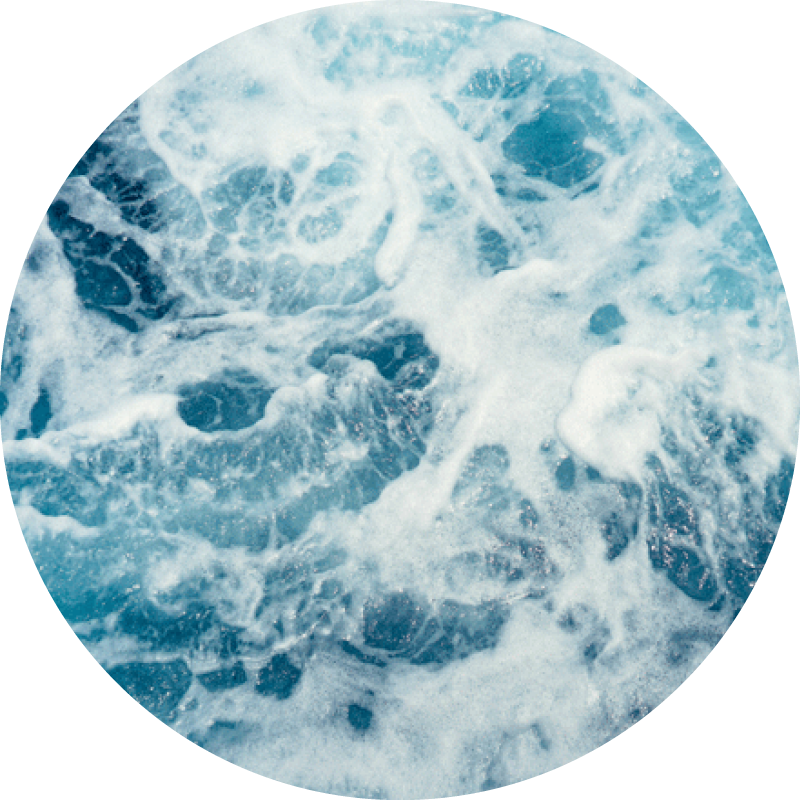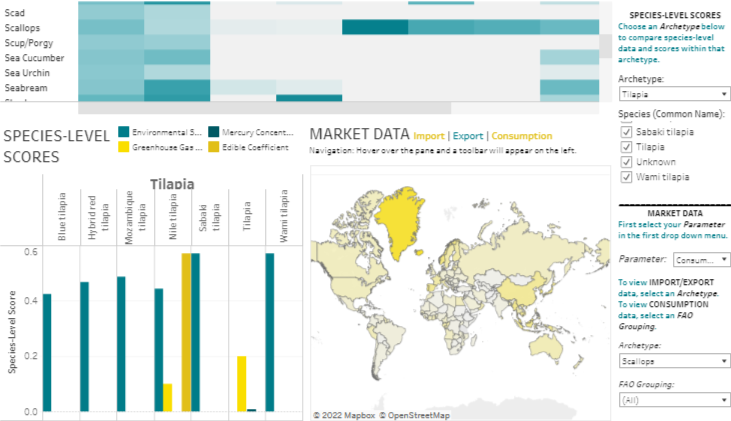Aggregating data for alternative seafood
PISCES and ATLAS are open-access databases of the characteristics and impacts of conventional seafood. By aggregating and sharing this data, Gulf Resources aim to accelerate alternative seafood development and commercialization.
nfl store
sex toys for sale
nike air max 270 sale
wigs for women
team uniforms
nike air max shoes
adidas factory outlet
nike air max sale
best sex toys
cheap wigs
custom jerseys
basketball jeresys custom
baseball jerseys custom
sex toy store
Human Hair Wigs
nike air max 90

Bridging the gap between biology and food
The seafood items you might find on a restaurant menu don’t always correspond directly to the taxonomic categories scientists use. Data from different sources often categorize fish and other aquatic species in different ways. For example, salmon and trout both include a variety of species in both genera Salmo and genus Oncorhynchus.
To capture the connections between both phylogenetic and culinary categories, we aggregate seafood data using two tools: PISCES and ATLAS.
By bridging the gap between categories based on evolutionary relationships and culinary uses, we hope to make it easier for scientists and companies pursuing seafood alternatives to have as much useful data as possible right at their fingertips.
PISCES | Phylogenetic Index of Alternative Seafood Characteristics
PISCES—short for Phylogenetic Index of Seafood Characteristics—organizes data according to phylogenetic relationships. PISCES categorizes species taxonomically, meaning that Salmo Salar (Atlantic salmon) and Salmo trutta (sea trout) would be grouped together.
ATLAS | ArcheType Library for Alternative Seafood
ATLAS—short for ArcheType Library for Alternative Seafood—focuses on archetypes or groups of species that resemble the way seafood is presented in a culinary context. ATLAS categorizes Salmo salar as a salmon and Salmo trutta as a trout.
Better data will lead to better Alternative Seafood
We believe the future of seafood includes a shift toward plant-based, fermentation-derived, and cultivated products.
For this shift to happen, we need these alternative seafood products to truly match their conventional counterparts on key attributes like taste, texture, color, and aroma. This means we need to first understand conventional seafood at the cellular and molecular levels.
PISCES and ATLAS compile resources relevant to individual seafood species or archetypes. These tools also present the available data in a useful context for alternative seafood development.
In the current versions of PISCES and ATLAS, you can learn about cell lines from your species of interest, nutritional data, volatile compounds contributing to seafood aroma, and more.
Check out the user guide to learn more.
Better data will lead to higher-impact research and development
As a global population, humans regularly eat well over 100 species of fish and shellfish. Choosing a species of focus can be a time-consuming process for startups, entrepreneurs, researchers, and others looking to contribute to the industry.
ATLAS provides transparent information on seven quantitative criteria relevant to archetypes and ranks the archetypes against each other for a comparative picture. In this version of ATLAS, we categorize the quantitative criteria assessed into four areas: sustainability, animal welfare, public health, and U.A. E. market size. Future iterations of this resource will continue adding data on existing criteria and additional criteria.

The dashboard below is a visualization of the ATLAS tab in the PISCES/ATLAS database. You can sort the archetype-level scores table by any criterion, including the average score.
To dig into more of the detailed underlying data, be sure to dive into the AirTable base above. For more information on using the dashboard and PISCES/ATLAS generally, pleaseVisit Our Website.



